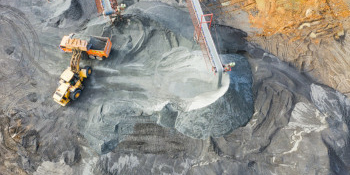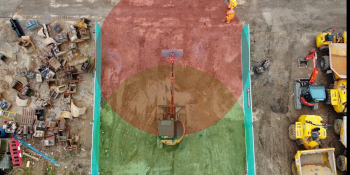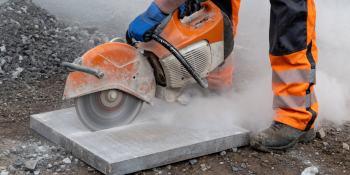The HSE FAQ confirms that HAVWEAR – a wearable monitoring device for Hand-Arm Vibration (HAV) exposure risk – can improve risk management because it identifies unexpected risks experienced by an individual using real-use, real time sensed data. As HAVWEAR also uses a pre-defined tool vibration magnitude in a trigger timer mode, it is also in compliance with ISO5349, regulations and HSE guidance.
This is important because while we all know that assessing exposure to HAV is crucial, many remain confused by what is required by regulation. Most importantly, many H&S professionals recognise that there is much more to be done to identify the hidden risks for specific individuals once compliance is achieved. After all, in one recent study by a leading utilities company, one user had an exposure six times that of his colleagues – something that was not picked up by traditional assessment methods.
It comes down to a simple question: is your risk assessment representative of the risk for everyone?
Why HAVWEAR is compliant and identifies unexpected risks.
HAVWEAR has two distinct capabilities:
HAVWEAR simultaneously calculates and reports an individual’s exposure risk based on your assumed tool vibration magnitude and real-time vibration magnitude experienced by a wearer. Therefore, unexpected risks are identified and can be monitored and controlled.
- Firstly assessment: it calculates exposure to HAV using an accurately determined time of exposure to the vibration, trigger time and the pre-determined probable tool vibration magnitude. This is what we call Tool Exposure Points or TEP. This technology supports the requirements for a duty holder to comply with regulations.
- Secondly real-use measurement: HAVWEAR also calculates exposure using the vibration experienced by the wearer during actual tool use – Sensed Exposure Points or SEP. A broad range of tool-emitted vibrations are due to tool or accessory condition, age, the substrate or material being used and operator skill. HAVWEAR attached to the tool operator’s wrist monitors this variation of vibration transmitted into the person in a consistent manner. Since HAVWEAR is intended for all day use across multiple tools it is not technically possible for it to be in full compliance with the standard for ISO5349. But nor can this be said for any devise intended for all day use whether mounted on the tool or elsewhere. Independent research has shown that the HAVWEAR watch’s real-use data correlates so strongly with fully compliant measurements taken at the same time, that it is suitable for the legislations requirement to inform the “probable vibration magnitude”.
What the HSE says…
HAVWEAR offers an additional capability of sensed data that can be used in the management of HAV exposure risk, the HSE recognises. Reactec customers will use the timing mode to establish their risk and how it relates to action values. They then have the benefit of the sensed data to help them with management issues, which might include which tools are being used the most; when someone may be using the wrong tool for the job; where one person appears to be using a tool in a different way; or where it is apparent that a tool is out of condition.
HAVWEAR as part of PLAN, DO, CHECK, ACT
PLAN – the initial risk assessment
HSE confirms:
- Initial risk assessments of employees exposed to vibration are required to establish an appropriate set of controls and determine if occupational health screening is required
- The HAVWEAR watch's use of pre-determined magnitude and trigger mode is compliant with ISO 5349, regulations and HSE guidance
- Tool measurement is NOT required for a risk assessment of exposure to HAV
- A tool measurement device must comply with ISO8041 to deliver an assessment compliant with ISO5349
DO – monitor exposure levels
HSE confirms:
- Monitoring can help validate risk assessments
- Tool mounted and wearable on the wrist devices can be used to monitor HAV exposure
CHECK – Compare SEP to TEP
HSE confirms:
- HAVWEAR sensed data can identify unexpected risk in the management of HAV exposure due to:
- Operator competency
- Tool and accessory condition
- Tool application & performance
ACT – Control more effectively
HSE confirms:
- HAV monitoring data (such as provided by HAVWEAR) can help review the performance of controls and identify improvements to reduce risk ALARP
In summary
The addition of the real use SEP assessment to the traditional assumed vibration TEP assessment highlights previously unidentified exposure risk in our ongoing fight against HAVS. If an employer acts on SEP data that exceeds TEP data, they will be introducing controls to reduce risk to a lower level.












